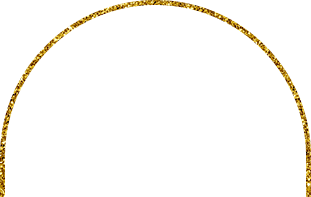Ah, the quest for pure honey - quite the journey these days with all the tricky additives going around, huh? So let’s break down these home tests and figure out what’s legit and what’s maybe more myth than method.
Starting with the water test, right? It’s not the most foolproof method, but here’s the deal: you do take a spoonful of honey (a teaspoon is fine) and drop it into a glass of water. Pure honey usually sticks together and doesn’t dissolve quickly. But remember, water temperature can play tricks on the test. Cooler water’s better; hot water makes honey more likely to dissolve, pure or not. This test’s not 100% because some pure honeys, especially the more liquid types, might act differently.
Then, there’s the flame test, adventurous, yes… but exercise caution here. Dip a cotton wick in your honey and strike a match. If it lights easily and burns with a steady flame, it might be a hint towards purity. But, moisture in honey, from adulterants or even from naturally humid environments, can make this test not as accurate. Be careful with the whole fire aspect—don’t go burning down your kitchen, please! The wick—thickness or material—affects it too.
Crystallization’s another clue; generally, pure honey crystallizes over time, but the rate and way it does might vary. Warmer climates or certain floral varieties like acacia may crystallize slowly or stay liquid longer, so don’t take this as the gospel truth.
Using household stuff like vinegar or iodine to check for starch or sugars, yup, they’re interesting experiments! Mix some honey with a bit of vinegar and watch for foaming—it might mean added sugars. Or, add a few drops of iodine to honey mixed with water; a change in color could suggest starch presence. Still, these aren’t exactly precision science.
About certifications, those “organic” or “raw” labels should help a bit. “Raw” means minimal processing and heating, preserving nutrients. “Organic” is a tad more regulated but not a purity guarantee. Local honey, often better quality, supports local economies, but always check if your local supplier adheres to honesty. For ultimate peace of mind, some labs do professional honey testing—trace all components for a fee.
If you’re really committed to getting to the bottom of your honey’s purity, professional test kits can be pricy but more reliable for serious detectors of authenticity. All these DIY tests are more guides than perfect science, but they’ll at least point you in the right direction. Just keep experimenting safely!







